How to Brand and Sell Your Anti-Aging Products
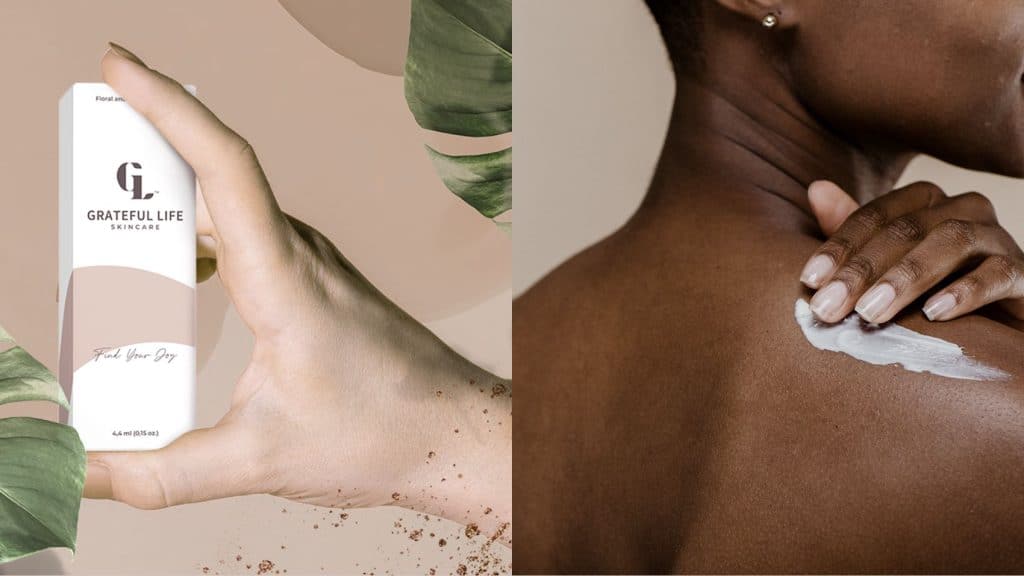
The desire to look and feel youthful is a constant, but many brands selling anti-aging products end up coming off as exploitative. And this poor practice is one of the reasons why people find it difficult to trust anti-aging skincare products. So, how do you make your anti-aging products stand out from the crowd?
Why is Branding Anti-Aging Products Difficult?
Branding anti-aging products is difficult due to high consumer expectations, intense competition, and the need for scientific credibility.
High Expectations and Skepticism
Your target audience for anti-aging products often consists of well-informed consumers who have tried numerous products with varying degrees of success. This makes them highly skeptical of new claims and promises.
When you are branding anti-aging products, you need to overcome this skepticism by providing undeniable proof that your products work. This means detailed scientific backing, clinical trials, and transparent communication about the benefits and limitations of your products.
Complex Messaging
Unlike other skincare products, anti-aging solutions require complex messaging. You have to convey the scientific aspects of how your products work while also making the information accessible and engaging. Striking this balance can be tough, but it is necessary to educate your audience without overwhelming them with jargon.
Intense Competition
The anti-aging market is saturated with numerous brands, each claiming to have the best solution for combating the signs of aging. Standing out in this crowded market is difficult. Therefore, your branding needs to be distinctive and memorable and immediately convey what sets your product apart from the rest. This could involve innovative packaging, unique ingredients, or a novel approach to skincare.
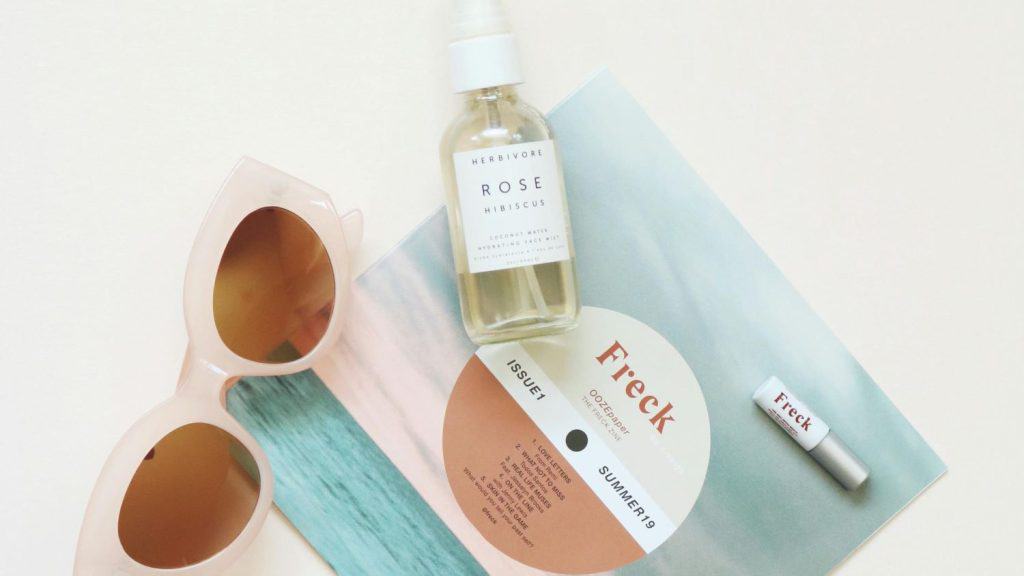
Regulatory Scrutiny
Anti-aging products are subject to stringent regulatory scrutiny. Any claims you make about the efficacy of your products must be backed by robust scientific evidence. This adds a layer of complexity to your branding efforts, as you must ensure that all your marketing materials are not only persuasive but also compliant with regulations.
Emotional and Psychological Factors
Aging is a sensitive topic, and addressing it requires a delicate touch. You need to connect with your audience on an emotional level without making them feel insecure or inadequate. This involves careful choice of language and imagery that promotes positive aging and self-care rather than preying on fears of getting older.
Building Trust
Trust is paramount in the anti-aging market. Consumers are investing in your product with the hope of seeing visible improvements in their skin. Building and maintaining this trust requires consistent, high-quality products and excellent customer service. Any deviation from this can quickly erode consumer confidence and damage your brand’s reputation.
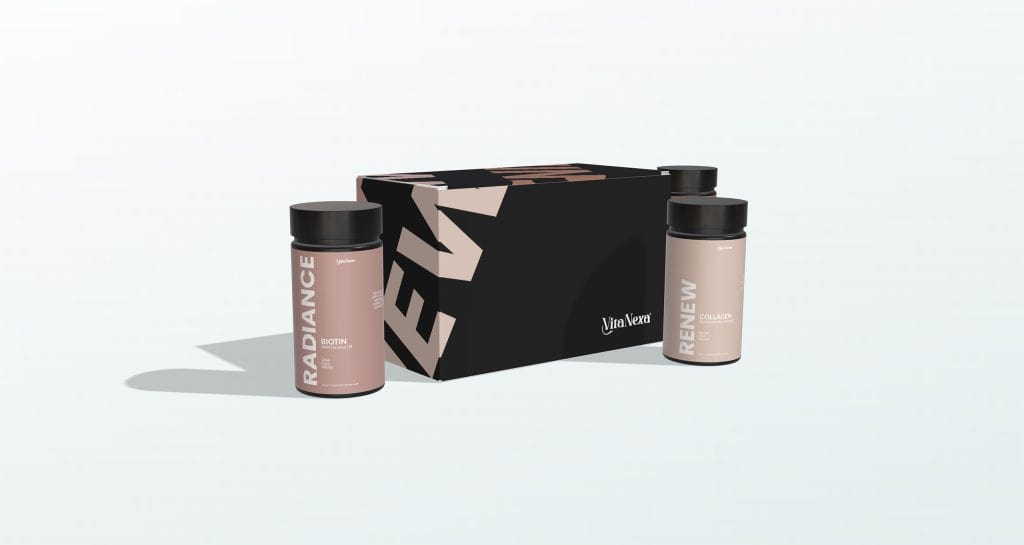
Long-term Commitment
Anti-aging products often require a long-term commitment to see results. Your branding must convey that while also convincing customers that the journey will be worth it. This means setting realistic expectations and providing ongoing support and engagement to keep your customers motivated.
Tips for Branding and Selling Your Anti-Aging Products
Consider brands like Olay that successfully navigate the challenges that come with selling and branding anti-aging products by leveraging decades of scientific research and making it a cornerstone of their branding. They use clear, science-backed messaging and have a strong track record of product efficacy.
In the case of Olay, their advertising often features real women and their stories, which helps to build trust and connect on an emotional level. This combination of trust, scientific proof, and relatable content is a significant reason why Olay maintains a strong position in the anti-aging market.
But you don’t have to be a legacy brand to make a mark. Simply follow the best branding practices for your anti-aging products.
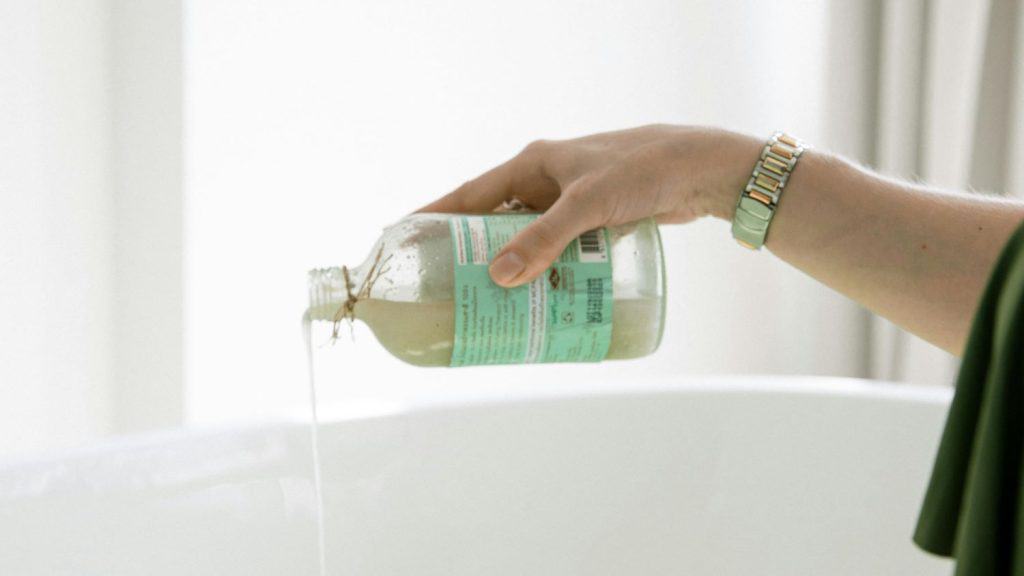
Go Beyond Wrinkles
Anti-aging is not just about wrinkle reduction. Identify your unique value proposition. Do you focus on natural ingredients, cutting-edge science, or holistic wellness? Catering to specific concerns (sun damage, uneven skin tone) allows you to target a dedicated audience and cut through the noise.
Be Authentic
Ditch the unrealistic promises and before-and-after shock tactics. It does not work with today’s well-informed audiences who have access to fact-checking at their fingertips. Instead, focus on empowering customers to feel their best at any age.
Think Dove’s “Real Beauty” campaign, which celebrated diversity and inner well-being. Highlight the natural beauty that comes with experience and the confidence that radiates from self-care.
Design a Memorable Logo
Your logo is often the first visual element that potential customers will see. It should be memorable and reflective of your brand’s identity. For an anti-aging product line, consider a design that exudes elegance and sophistication. Use clean lines, simple shapes, and a color palette that suggests luxury and trust, such as gold, silver, or deep blue.

Showcase Diversity
Work with a range of models in your marketing materials. Feature people of different ethnicities, ages, and skin types using your products. Celebrate the beauty of aging gracefully and the confidence that comes with every stage of life. That is what people want to see i.e. representation.
Develop a Consistent Color Palette
La Mer uses a consistent color palette of white and soft green, which suggests purity and luxury, reinforcing the brand’s promise of rejuvenation and natural beauty. That’s exactly what you must do.
Your color palette should be consistent across all branding materials. Colors evoke emotions and significantly impact how your brand is perceived. For anti-aging products, colors like white, silver, gold, and blue work best as they convey calmness, trust, and effectiveness.
Create Elegant Packaging
Packaging is crucial in the consumer’s perception of your product. It should not only be aesthetically pleasing but also functional. High-quality materials that feel luxurious to the touch can make a significant difference. The design should be clean, highlighting the key benefits of your product while your labels should be honest about the ingredients and upfront about any side-effects.
For example, Rare Beauty uses minimalist packaging with high-quality materials that convey luxury and sophistication. The clear, simple design endorses a psychological idea that their products are pure and effective and that they don’t have to rely on frills to prove it.

Combine Efficacy with Emotional Connection
People want results, but they also want to connect with your brand. So, you must clearly communicate the science behind your products without sounding cold or clinical. A professional yet approachable tone always works well.
Again, think of Olay and how they focus on regenerating skin cells. But work your own narrative and voice into stories of empowerment, self-care, and the joy of feeling confident in your own skin.
Invest in High-Quality Visuals
Shiseido uses high-quality, beautifully styled images in their marketing materials, which highlight the luxurious and effective nature of their products. This is why high-quality visuals are essential for showcasing your products.
Invest in professional photography that highlights the unique features of your products. Use these images on your website, social media, and other marketing materials. Clear, crisp images can help build trust and interest.
Educate and Inspire
Don’t just sell products, offer valuable content. Create blog posts and social media content that address your target audience’s concerns. Follow in the footsteps of CeraVe; notice how they offer tips on healthy aging, building customized skincare routines, and the importance of self-love. And replicate it for your brand.
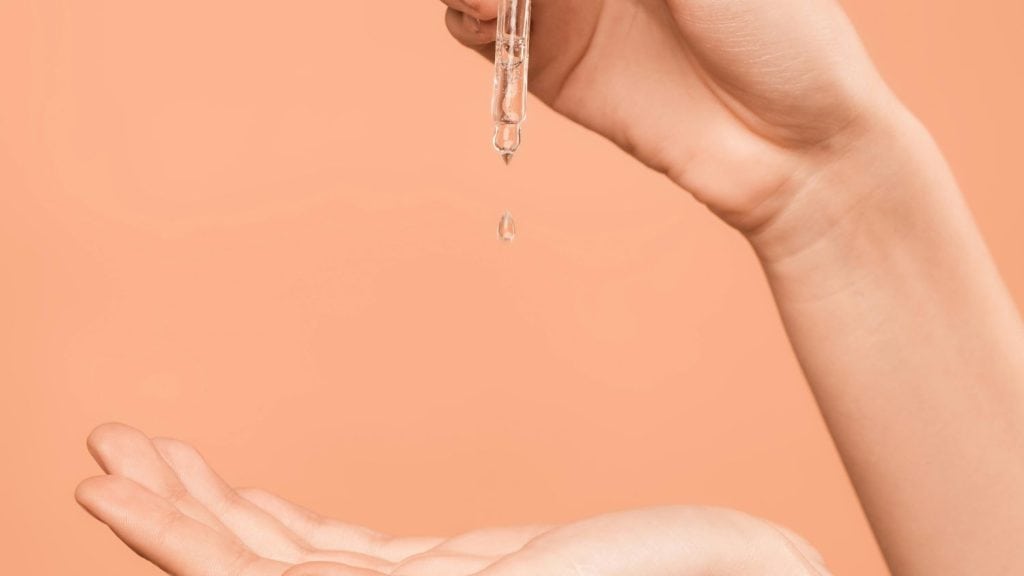
Create a Strong Online Presence
Digital campaigns are championing the era of viral wellness products. A good TikTok video can make you an instant hit and clear out your stock. So, having an online presence is crucial.
Your website and social media are your digital storefront, so they need to be inviting and functional. Ensure that your website design is clean, easy to navigate, and visually appealing. Similarly, make sure that your social media handles follow a uniform aesthetic.
Promote your products’ key benefits and include detailed descriptions and high-quality images. Consider adding customer testimonials and clinical trial results to build trust.
Emphasize Sustainability
Sustainability is an important consideration for many consumers. If you are a sustainable brand, you need to highlight any sustainable practices in your product development, such as eco-friendly packaging or cruelty-free testing. This can enhance your brand’s appeal to a growing segment of environmentally conscious consumers.
For instance, Biossance constantly talks about its commitment to sustainability with eco-friendly packaging and cruelty-free products, which is incredibly appealing to the brand’s conscious consumers.
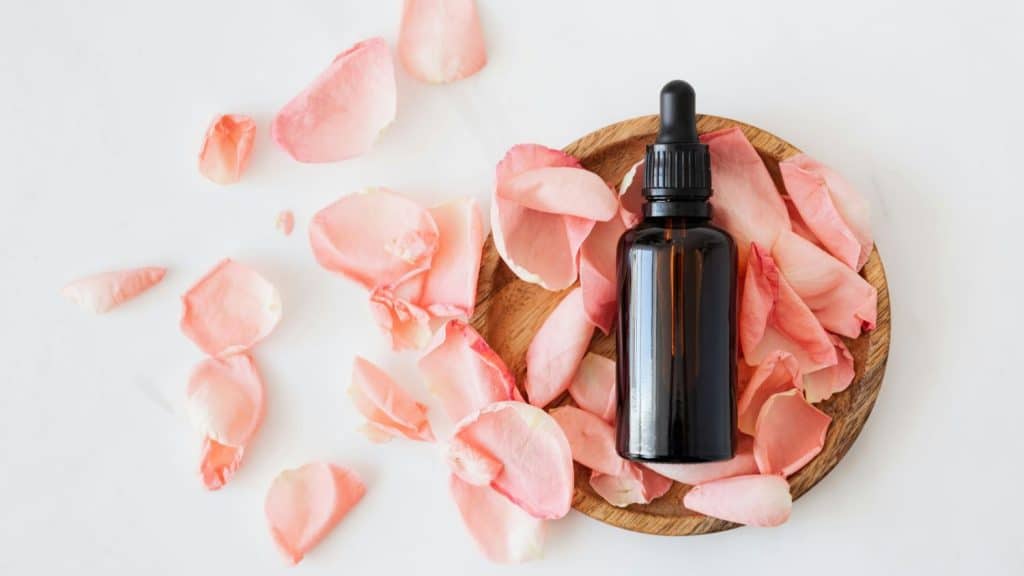
Make a Connection Outside of the Brand
Anti-aging isn’t just about topical solutions. It requires a holistic approach. Consider partnering with wellness experts to offer a comprehensive approach. Promote healthy habits like sleep, nutrition, and stress management alongside your products. Think of Rodan + Fields, who offer personalized skincare regimens alongside consultations with dermatologists. Customers love such brand experiences that go beyond the usual ads-and-bait technique.
Branding and selling anti-aging products involves a multifaceted approach that integrates visual design, messaging, and a consistent brand identity. Aventive Studio can help you with that! Our branding experts have years of experience with health, beauty, and wellness brands, and we can create a winning branding strategy to help your products fly off the shelves. Get in touch with us to know more.
